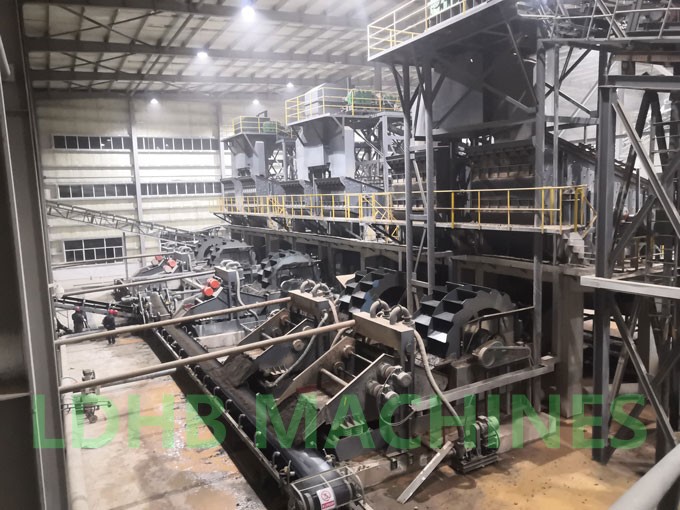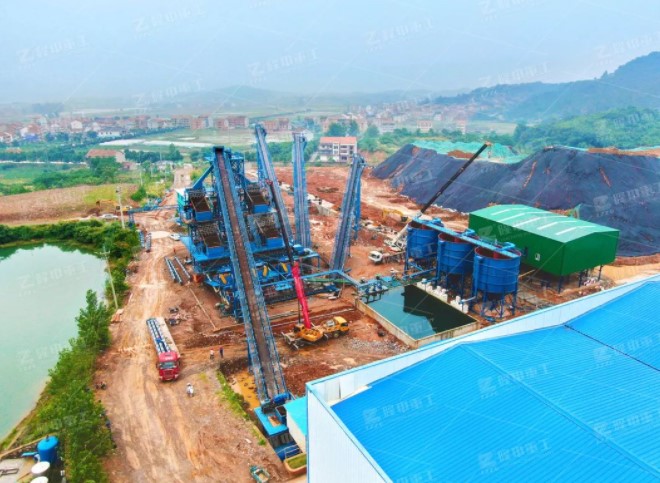
Menu
 LDHB Machines
LDHB Machines

Specific Pollution Prevention and Control Measures
Dust, exhaust gas:
1. Feeding dust: The project stones are fed in the workshop, and most of the released dust settles in the material workshop after being blocked, and the stones to be processed are sprinkled with water to suppress dust;
2. Crushing and screening dust: water spraying for wet sand washing during the screening process of the project; and water spraying facilities are required to be installed at crushers, impact crushers, screening machines, etc.;
3. Wind dust in the stockyard: the stockyard adopts the method of regular water spraying to reduce dust;
4. Dust raised by transportation power: water frequently on the roads in the factory area, and clean twice a day;
5. Sand conveying dust: wet operation is adopted in the production process; during the conveying process of finished sand and gravel, appropriate amount of water is sprinkled on the surface of the sand and gravel;
6. Vehicle exhaust: The exhaust pollutants produced by the transport vehicles of the project are less, and the project location is open, so the vehicle exhaust is easy to spread

waste water:
1. It is required to further strengthen the separation of rain and sewage in the factory area of the enterprise, strictly prohibit the mixed flow of rain and sewage, and avoid the overflow of rain and sewage in the factory area on rainy days, thereby entering the surrounding water environment.
2 The production wastewater is collected through pipelines to the production wastewater treatment facilities for treatment, and then reused for washing transport vehicles, washing the ground and roads in the work area, and washing sand to achieve zero discharge.
3 The domestic sewage is pretreated by the existing septic tanks to reach the third-level standard of the “Comprehensive Sewage Discharge Standard” (GB8978-1996), and then discharged into the sewage pipe network of the park, and enters the second sewage treatment plant of Suichang County.
Soil and groundwater: general anti-seepage area: raw material warehouse, hazardous waste temporary storage, etc., refer to the provisions of GB18597, anti-seepage requirements equivalent clay anti-seepage layer Mb≥1m, K≤1×10-7cm/s, or 2mm thick high-density polyethylene, or other artificial materials with a thickness of at least 2mm, permeability coefficient ≤10-10cm/s.
Solid waste: sludge is entrusted to Zhejiang Anchang Environmental Protection Technology Co., Ltd. and Suichang Xiaoyu Wall Material Co., Ltd. for disposal; waste parts and packaging materials are recycled by waste products companies; waste oil barrels are recycled by manufacturers or entrusted with qualified units for safe disposal; domestic waste is entrusted to the sanitation department to clear and transport.
Environmental risk: provide sufficient emergency supplies, prepare emergency plans for environmental emergencies as required, and strengthen emergency drills.